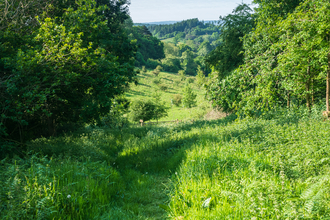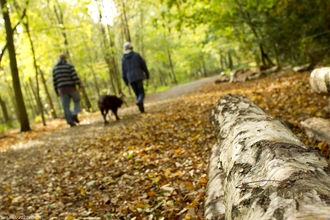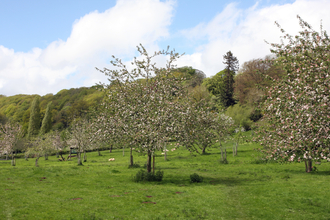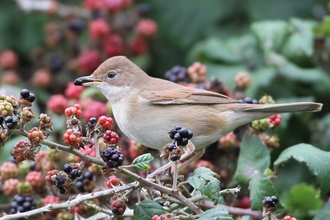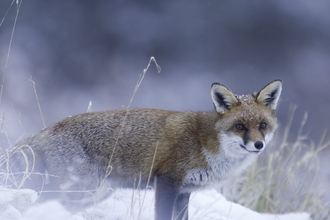Nature Reserves
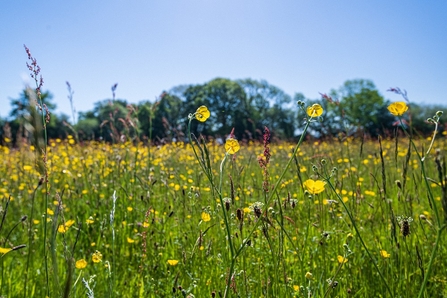
Birches Farm meadow (c) Paul Lloyd
Spaces for nature and for people
Owning and managing nature reserves is a vital part of the Trust’s work, both for the contribution that nature reserves make to nature’s recovery and through their ability to connect people with nature and inspire them to action. We currently (January 2023) manage 545 hectares of land and 20 kilometres of watercourses across 60 nature reserves.
Most of our nature reserves contain specific habitat types, for example, ancient woodland, wetland or species-rich grassland, which we wish to protect and manage in such a way that this habitat is maintained for the long term. Many sites are also home to particular species of fauna or flora which is rare or endangered.
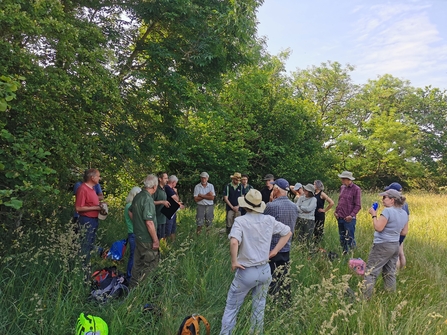
With much intensive agricultural land in the county, urban and infrastructure development and pollution, nature reserves are ‘islands of hope’ – the arks where species and habitats thrive and can spread out from into the wider landscape.
Nature reserves also provide exemplars of best practice – places we are proud to show-off to other land owners and which showcase how rich in nature Herefordshire’s landscapes can be when wildlife is prioritised.
We estimate that around 357,000 people visit our nature reserves every year to watch wildlife, take exercise and enjoy the landscape. With a goal of supporting one in four people to take action for nature, our nature reserves are often the catalyst for this journey where people first connect and learn to love wildlife and wild places before going on to take action through volunteering, donating, joining as a member or making a difference through local action or nation campaigning. Nature reserves are also support people’s health and wellbeing by providing a calm, natural green space to exercise and connect with nature.
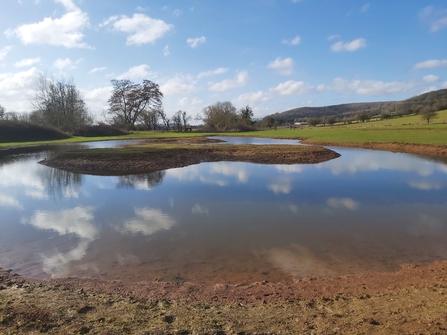
Newly created pond with islands_Oak Tree Farm
Joining up the landscape
Over the decades since the Trust formed, it has acquired some nature reserves intentionally through fundraising to purchase particular sites while in some cases land has been gifted to the Trust by generous donors. Today, we aim for our landholdings to be strategically located to deliver the most they can for wildlife and people. All of the work we do is built around the Lawton Principles of 'more, bigger, better and joined'. Where we can, we want our nature reserves to be larger, better managed and to geographically link up other habitats so that sites form corridors or stepping stones for wildlife through the landscape. Hence you can see from our map of sites that we have clusters of nature reserves on the Woolhope Dome, Doward and through the Lugg Valley.
The sites we have most recently acquired or taken under our management fit this approach. Ail Meadow, purchased thanks to a fundraising appeal in 2022 is close to our suite of Woolhope Dome sites and Oak Tree Farm, similarly acquired in 2021, forms a stepping stone in the Lugg Valley between our Bodenham Lake Nature Reserve and Wellington Gravel Pits.
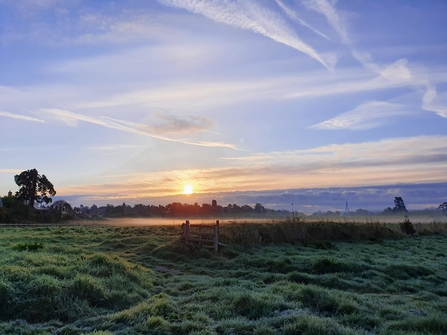
Bartonsham Meadows (c) Lisa Stevens
Maximum capacity
The Wildlife Trust’s strategy is put nature into recovery across 30% of land, sea and inland water by 2030. However, we will not achieve this by acquiring and managing 30% of Herefordshire as nature reserves! Achieving this goal relies on supporting and influencing others to manage their land for nature – another key stream of our strategy.
In fact, we currently manage about as much land ourselves as we are currently able. While acquiring more land to manage or restore for nature might seem desirable, it is essential that we have the resources – both time and money – to manage these sites well. As mentioned above, most of our sites are managed to maintain a specific type of habitat and its corresponding species and this can take a lot of work. For example, a species-rich wildflower meadow, home to a wealth of invertebrates, grasses and flowers requires mowing annually and the vegetation baled or composted as well as hedgerows cut or laid every few years and paths and gates maintained.
In other cases, we may manage a site where extensive restoration is required. For example, we took on the management of Bartonsham Meadows in Hereford in 2023 because of the opportunity to restore it to floodplain meadow grassland and scrub, connect green spaces across the city, provide local communities with access to nature and provide climate and pollution mitigation. This was a strategic acquisition but we will now have to work hard to secure funding to continue the restoration, work with the community and manage the access.
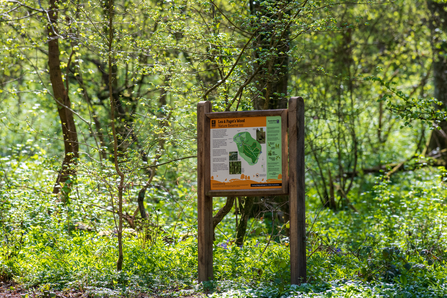
Interpretation board at Lea & Pagets Wood
Strategic planning
Some years ago, we reviewed our acquisition and divestment strategy to better reflect our approach to managing land. This led to the divestment of a number of small, isolated sites which were of limited benefit to nature or to people. While we did not undertake this action lightly, it allowed us to better invest our time and energy on those nature reserves which can deliver many more benefits over the long term.
As pressures to our wildlife from water pollution, development proposals and our changing climate all increase, is it imperative we continue to review how our landholdings can best deliver for their wildlife and their visitors. Over the next few years we will continue to take this strategic approach to acquisition and divestment to ensure our landholdings contribute the most they can to nature’s recovery in the county.

